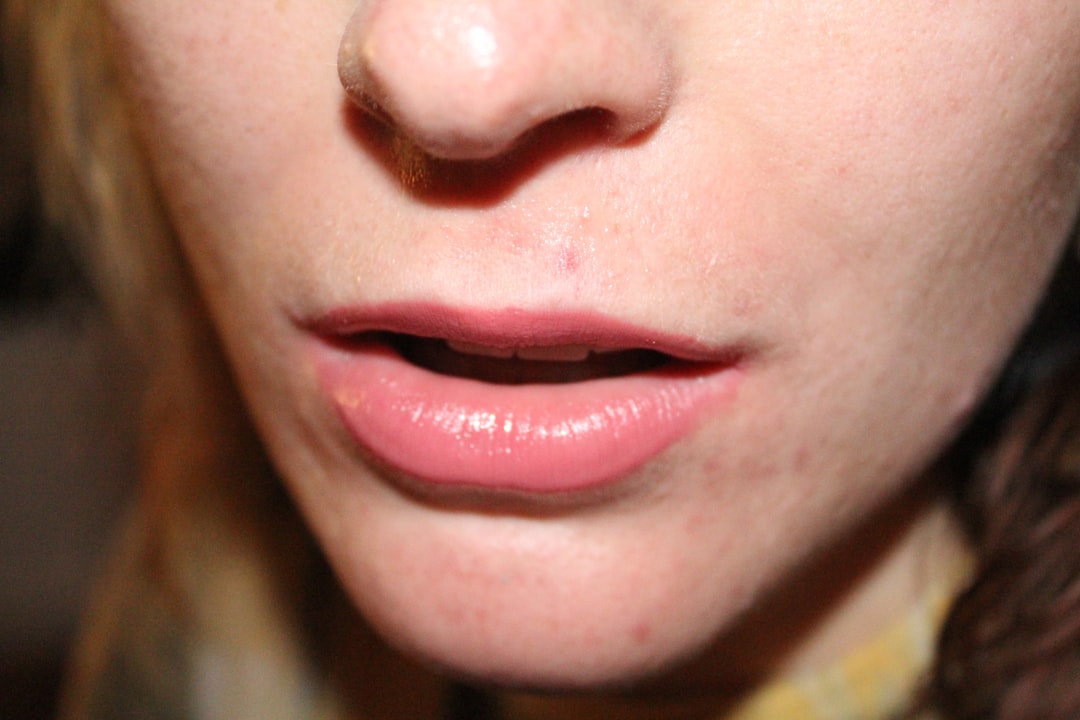Oxygen Drain: 11 Subtle Signs You're Lacking This Vital Element (It's Not Fatigue)
3. Pale or Bluish Skin and Nails

Skin is our body's largest canvas, sometimes revealing what words can't. When oxygen levels drop, you may notice a gentle shift in color—fingertips turning bluish, lips losing their warmth, or a general paleness replacing your usual complexion. This subtle change, called cyanosis, hints that your tissues aren’t receiving enough oxygen-rich blood. It might appear during colder weather or after exertion, and may be especially noticeable if you press lightly on a nailbed and it takes longer than usual to pink back up. While occasional color changes can be due to temperature, repeated pallor or persistent blue tones are worth mindful observation. Trust those instinctive glances in the mirror, and remember: sharing these signs with your provider is a proactive, empowering step—one that honors both your inner and outer vitality.
4. Headaches that Don't Improve with Rest

Frequent headaches, especially those that linger in the morning or return throughout your day, can sometimes be your body's way of whispering that it needs more oxygen. Unlike tension or dehydration headaches, these aches may feel dull and persistent, often refusing to fade even after a good night's sleep or a quiet moment on the couch. Oxygen fuels your brain as much as your muscles, so when levels dip, blood vessels widen in an effort to compensate—often triggering pain. You might notice headaches paired with fuzzy concentration or a sense of “pressure” around your eyes and temples. Gentle self-compassion is key: instead of pushing through, ask whether your headaches seem linked to breathlessness or other subtle symptoms. When in doubt, consult with your care team. They're your teammates in unraveling the root causes and supporting your brightest, clearest days.
